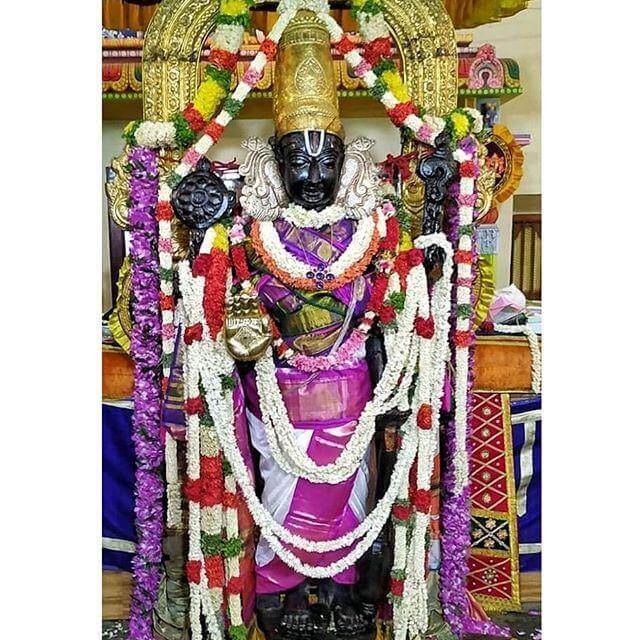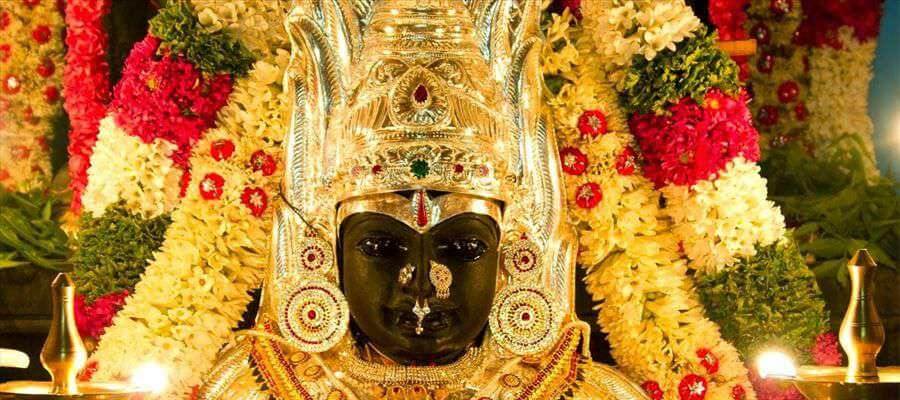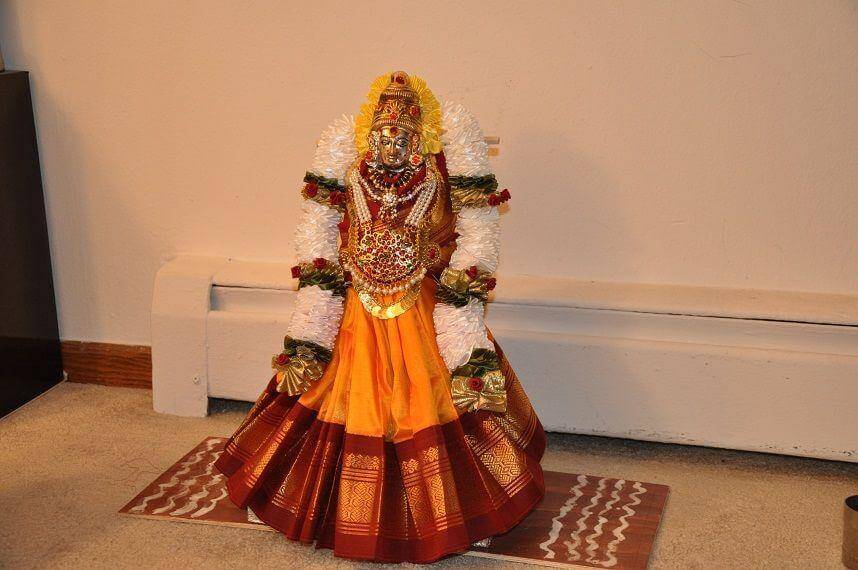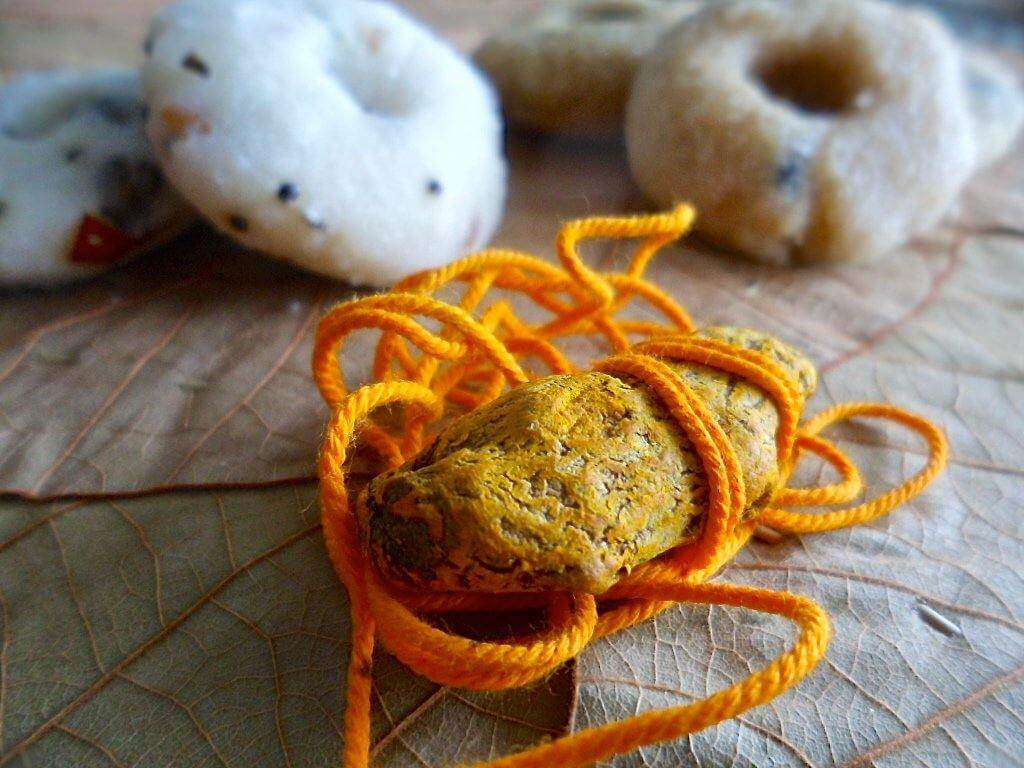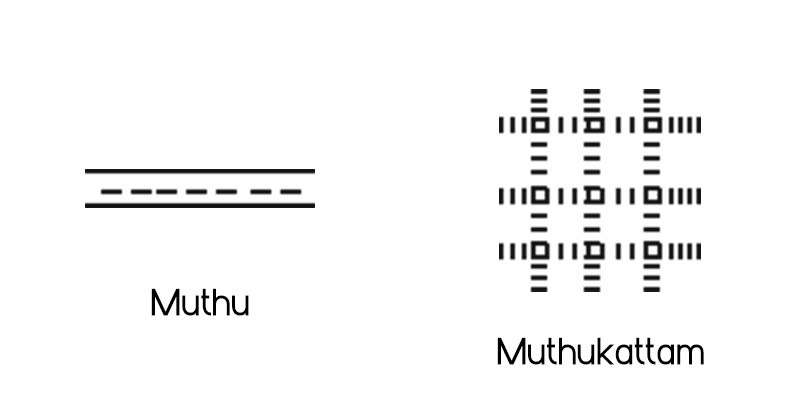Image Source: The Internet
2019 is a divine year for Kanjivaram. We are sure you’ve heard and also been blessed by this divinity. Of course, we are talking about Athivarathar. Today is the last day of Athivaradhar’s presence. While the Athivaradhar statue is being secured in its vault for the next 40 years, we want to talk about him.
Carved out of a fig tree (athi maram) Athi Varadharaja is one among the 4 Brahma Kararchita Varadaja moorthies. He was carved out of a fig tree by Vishwakarma in Kritha Yuga. The moorthi remained the main deity of the garbagraha until the 16th century Mughal invasion when the statue was hidden and immersed inside Pushkaranai, which is inside the temple premises securely. The family incharge of the temple knew the exact place where the statur was hidden.
For nearly 40 years, the temple had no main deity in the sanctum sanctorum and no pooja being performed in the temple. Two brothers of the family lineage of Dhatacharya who were endowed with being the Dharmakartha of the temple passed away and their two sons tried to bring the statues back to the temple. With the help of a Madwa, they were able to bring back the Utsava Moorthies back to the temple, but for a very long time were not able to find the main deity the authorities decided to place a Vigraha in place made of stone.
Around 1709 due to some reasons (which is unknown till the date) the Pushkarani was emptied and the Athi Varadharaja was seen lying inside. The temple authorities then decided that the moorthi made of Fig tree, carved by Viswakarma, had to be taken out every 40 years for pooja for 48 days and again to be immersed in the kalyani for another 40 years and so on. This decision was based on the fact that, Kaliyuga pooja for Varadharaj is done by sesha devuru and Anatha sarovara has sesha devaru sannidhana , it is gods will that he immersed himself inside the Kalyani because of this very reason.
Looking at historical texts, the works of alwars and acharyas show that they were silent about Athivaradhar, confirming that the idol must have been kept underwater regarding the then political situation. No one knows for sure till date if the idol was kept underwater as part of ritual worship or because of the political situation, but this ritual of Once is 40 years has come to stay. There is also another theory that the idol was damaged and hence kept underwater since Agamas do not permit the worship of a damaged idol!
Athivaradhar is a nine-feet long idol, made out of the divine fig tree. According to legend, Goddess Saraswathi had a misunderstanding with her husband Brahma and in a fit of anger took away his divine wand to retrieve which he performed the Aswamedha yagna in the Athi forest (Fig forest), now Kanchipuram. Aided by the Asuras, the demons, Sarawati runs as the Vegavathi river and tries to interrupt the Yagna, when Vishnu emerges from the holy fire as Athivaradhar. Saraswati is pacified and the yagna continues. Viswakarma carves out a body for Athivaradar using a fig tree and He then agrees to stay in Kanchipuram atop the Elephant Hill.
Athivarathar may just be a wooden idol lying beneath the water for 40 years. It may be a simple tradition but the sensation it has become in such a small time is phenomenal. This is a sure testament to history and Athivaradhar’s power to make us nostalgic and appreciate the power of tradition, culture and heritage that is Kanjivaram.

